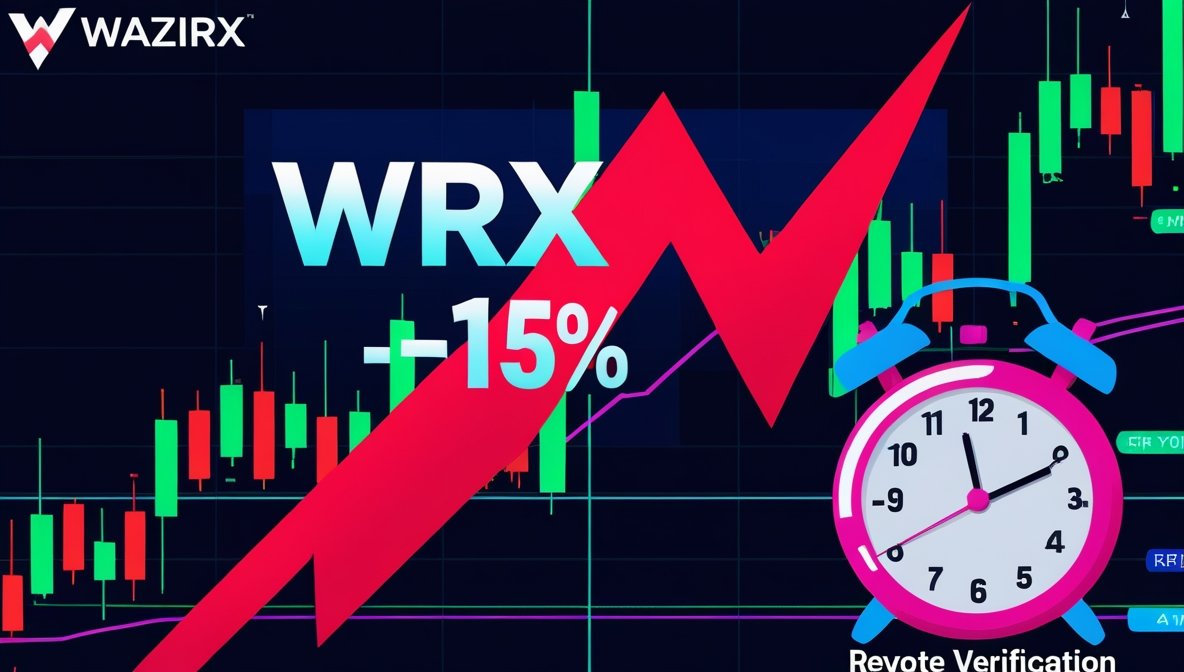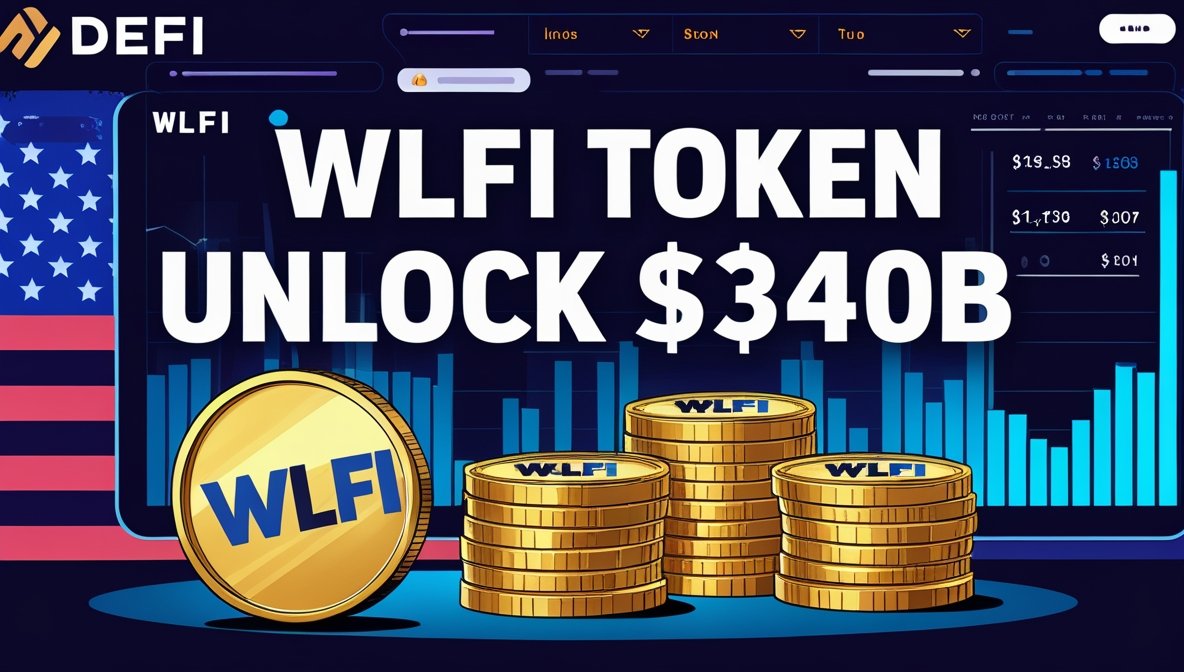The U.S. Department of Commerce has officially partnered with blockchain oracle providers Chainlink and Pyth Network to bring federal macroeconomic data directly on-chain.
Following the announcement, Pyth Network’s native token (PYTH) recorded a massive 3,389% surge in daily trading volume, reaching $874.99 million. The altcoin’s market valuation jumped 56% in hours, reclaiming the billion-dollar milestone at $1.02 billion.
According to Thursday’s statement, Pyth Network will serve as the publisher of U.S. gross domestic product (GDP) data — one of the most critical indicators of national economic performance. This move aligns with the Trump administration’s strategy to boost transparency in government reporting and strengthen America’s role as a global crypto hub.
The integration could fuel growth in tokenized financial instruments, including stablecoins, government bond tokens, RWAs, and perpetual futures, all of which depend on accurate and tamper-proof economic data.
PYTH price rallied strongly on August 28, breaking through multiple resistance levels after a month of consolidation. If bullish momentum continues, PYTH could aim for resistance at $0.22515 or even retest February highs around $0.25155. Conversely, profit-taking may bring it back to $0.167 or lower.
This partnership signals a major step toward bridging traditional economic reporting with decentralized finance.
You might also like: Bitcoin Price Slips to 7-Week Low but ETF Inflows Hint at Rebound Ahead











